What do you get when you cross a lion with a tiger? How about a zebra with a horse? Believe it or not these are not the first lines of terrible jokes, but real scientific questions with real living answers.
Hybrid animals are the offspring produced when two animals of closely related
- but different - species breed. The young produced will usually not be fertile, and so hybrid species are not normally seen in the wild. In order for more of these hybrid animals to exist the original two species must be cross-bred again.
These cross species pairings rarely occur in the wild, and are more often the result of cross breeding in order to produce animals with useful qualities or due to unusual interactions in rescues or zoos. Take a look at these 8 real life incredible animal hybrids.
1. Ligers and Tigons
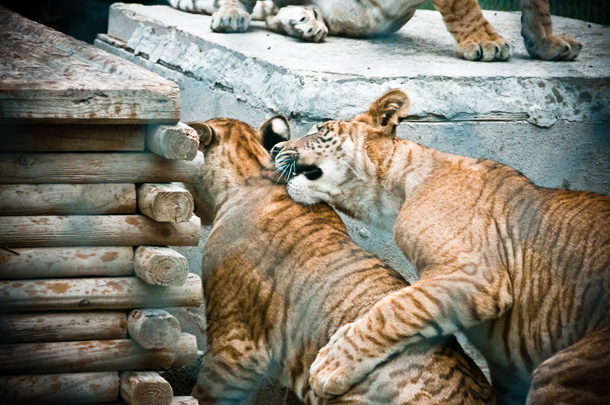
Ligers and Tigons (jtillery / Flickr)
Lion and tiger hybrids come in two forms- when the father is a lion and the mother a tiger the offspring is a liger, and vice versa for a tigon. Ligons are the largest felines in the world, and scientists believe that their huge size comes from a recessive gene present but hidden in both parent species. Some Ligers have been known to grown 10 feet in length. Tigons have tigers for fathers and lions for mothers, and tend to be slightly smaller in size than their Liger cousins.
2. Zebroids
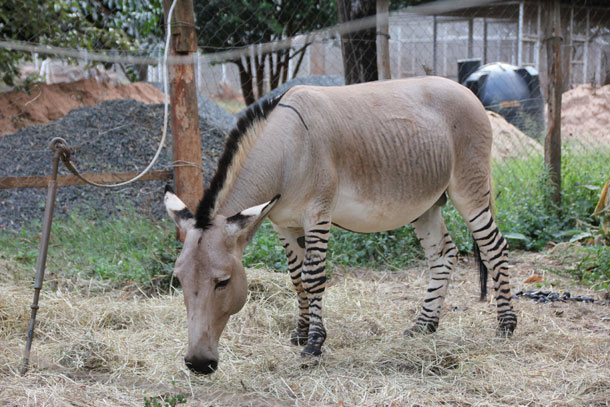
Zebroids (Wikipedia)
A cross between a zebra and another equine animal, such as a horse or donkey is called a Zebroid. There are Zorses, Zonies, and Zonkeys, and there os great potential for other part-stripy creatures with slightly silly names to be produced in the future. Zebroids are interesting hybrids, because Zebras and equine animals may look similar but they have different genetics, specifically different numbers of chromosomes. This genetic difference makes these hybrids far less likely than a hybrid of 2 species with more similar genetics, so it is particularly impressive that these amazing creatures exist.
3. Mules
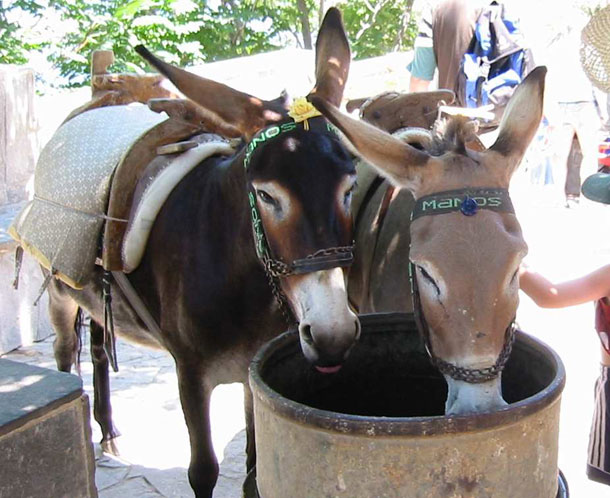
Mules (Wikipedia)
Horses and donkeys have been cross bred for many years, because the resulting mule is a very useful farmyard animal. Mules are the offspring of a male donkey and a female horse. Mules are so useful because they combine some of the best aspects of horses and donkeys, and are believed to be longer-living and more sure-footed than horses, while being more intelligent and faster than donkeys.
Unfortunately for farmers, mules are infertile like all the hybrid animals on this list, because although horses and donkeys are closely related they are not close enough to produce offspring which can have offspring of their own.
4. Grolar Bears
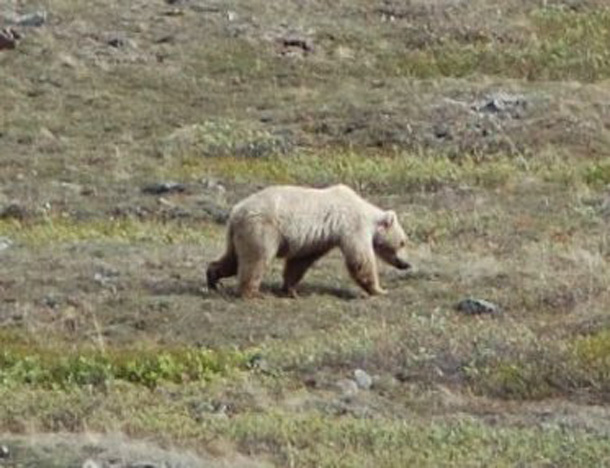
Grolar Bears (btmspox / Flickr)
One of the few hybrids known to occur in the wild, a Grolar bear is the result of cross breeding between Polar bears and Grizzly bears. Unlike some of the other hybrid animals on this list, Polar bears and Grizzly bears live in fairly close proximity in the wild, making interbreeding possible without the help of humans.
Some experts predict that global warming will increase the numbers of Grolar bears in the wild, as melting polar ice caps destroy Polar bears’ natural habitat and force the bears to migrate away from the Arctic and into in Grizzly territory with increasing frequency.
5. Savannah Cats
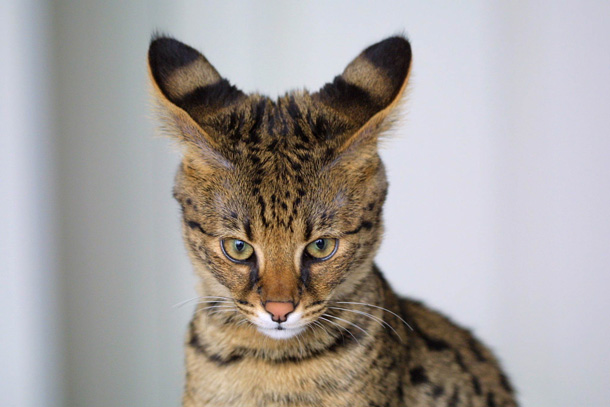
Savannah Cats (Wikipedia)
The closet thing to a wild cat that can be kept domestically, a savannah cat is what you get when a regular domestic cat breeds with a Serval- a type of African wild cat. Savannahs are increasingly popular pets, as their traits include loyalty and a greater ability to be trained. Some breeders compare them to dogs, as it can be possible to walk one on a leash, and even train them to play fetch.
They are also much more social than most domestic cats, and a lot bigger, making for an excellent large pet. Savannahs have recently been recognised as a domestic breed, so if you are looking for a friendly, loyal, and highly unusual pet, a Savannah cat may be the creature for you.
6. Camas
This is an example of animals native to different continents, which would have no chance of meeting in the wild, being bred in captivity to produce a wonderful hybrid. Camels are native to Asia and north Africa, and Llamas come from South America, but despite the geographical differences they are similar enough to mate and to produce offspring called Camas.
The logic behind attempting to create a Cama was to make an animal as strong as a camel, but tamer and cooperative like a llama. Unfortunately it didn’t quite work as planned, and Camas are notoriously bad tempered just like their Camel parents.
7. Beefalos
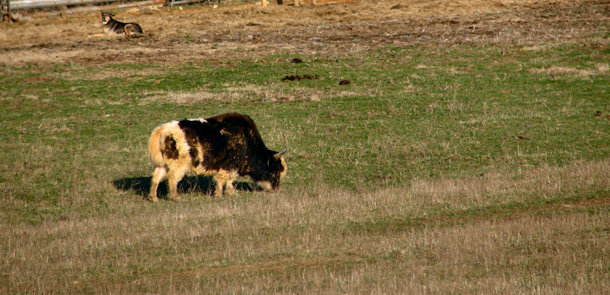
Beefalos (cindy47452 / Flickr)
As the name suggests, Beefalos were created with the production of meat in mind. They are a cross between domestic cattle and American bison, and are bigger and more muscular than traditional beef cows. Other benefits of beefalos have been noted, including the fact that their meat is lower in cholesterol and fat than typical beef.
Another benefit they bring to farmers and the environment is that Beefalos cause less damage to the land than herds of cattle. Cross breeding to improve food supply is a well established practice with both plants and animals, and the Beefalo is just one in a long line of hybrids created to produce environmentally friendly, more plentiful, or healthier food.
8. Blood Parrots

Blood Parrots (Wikipedia)
A controversial hybrid, the Blood Parrot is a tropical fish which results from breeding Green or Gold Servum fish with Red Devil fish. It is controversial because it is known to have many deformities including a small mouth which limits its ability to feed.
Breeders continue to make this hybrid because many people who buy tropical fish as pets love their bright colors, but some argue that continuing to breed Blood Parrots is unethical because the fish suffer from the known deformities. If the breeders know the the resulting fish will have difficulty feeding, the argument goes, they should not allow the cross breeding to take place. Are Blood Parrots lovely, beautiful pets, or a cruel example of prioritizing looks over the well being of an animal?